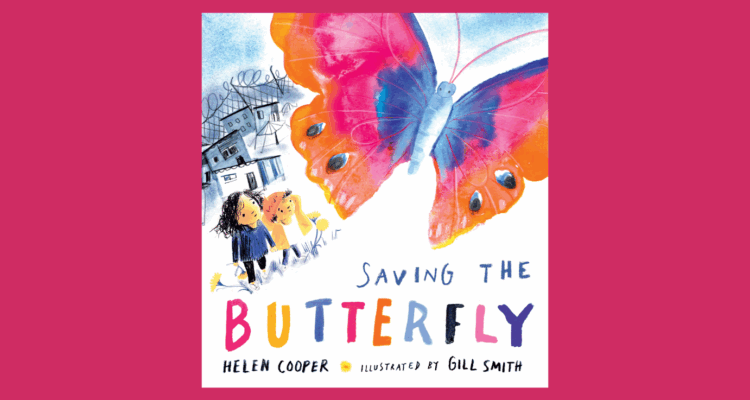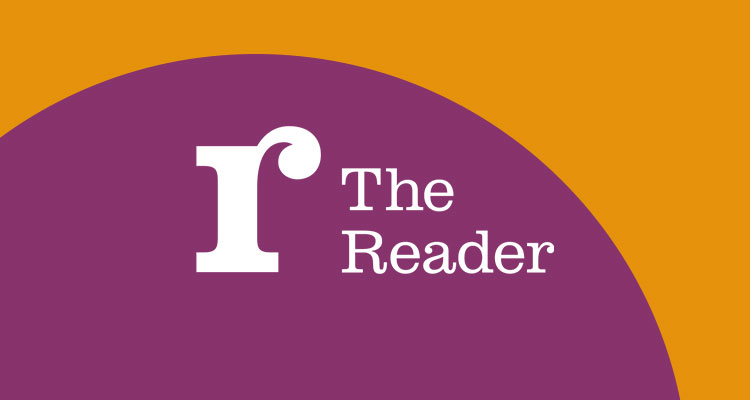Read of the Week: Fairy Tales – A Selection by Hans Christian Anderson
This week's read comes recommended by Lead Reader Clare who shares her love of fairy tales with Hans Christian Anderson's collection.
'Well, now, let's begin – and when we come to the end of the story we shall know more than we do now!'
I fell in love with fairy tales when I was a child. Nothing unusual about that I know. But I fell in love with them in a whole new way when I was a 30 year old woman, and have since gone on to share their joy with readers of all ages.
That a classic fairy tale can hold the attention of a little toddler on the one hand and a full grown adult on the other is something to notice. It shows that fairy tales are of value to us throughout our lives, albeit in different ways at different points, and making the time to revisit such old tales anew is something which I highly recommend, and there is no better place to start than the works of Hans Christian Anderson.
Whilst tales by Grimm might provide you with a witty sense of the macabre, Anderson's provides you with hope and possibility. Through Anderson's enchanting stories you are offered glimpses into strange and wonderful worlds which bear uncanny resemblances to your own whilst giving you that essential imaginary space to look again at familiar human situations and moral dilemmas and moreover to crucially show you that there is always a way through.
The present collection includes tales that may already be familiar to you from your childhoods – such as The Emperor's New Clothes, The Snow Queen, or The Ugly Duckling – but there are also ones that may be less well-known to you, such as The Goblin at the Provision-Dealer's or What the Thistle Lived to See. When reading this collection, I soon came to realise that the stories that I thought I knew from my childhood, I had only really just made a beginning with. Fairy tales are vulnerable in the sense that they are often out of copyright and therefore subject to all kinds of re-telling and edits. But here you can relax in the knowledge that you have the originals as written and intended by the great man himself, Hans Christian Anderson, who always believed that his 'fairytales were as much for older people as for children.'
To try and show what I am trying to get across, let's just take a sneak peek again at The Snow Queen. Now my childhood memories of this story involve a Ladybird edition retelling with a very scary woman on the front cover. I also remember having to hide the book in a drawer when I wasn't reading it because I was afraid that the eyes of the wicked Snow Queen would fix on me, entrapping my soul – although I wouldn't have had use of the word soul back then when I was 5 but think I felt its presence – as she traps that of the young boy Kay in the story. I remember things about mirrors, glass and splinters, but I didn't remember this as the opening:
"There was once a wicked demon – one of the very worst – the Devil himself! One day he was in a really good humour because he had made a mirror which had the power of making everything good and beautiful reflected in it disappear almost to nothing, while all that was bad and ugly to look at showed up clearly and appeared far worse than it really was.
In this mirror the loveliest of landscapes looked just like boiled spinach, and even the nicest people looked hideous or else they stood on their heads and had no bodies. Their faces were so changed that there was no recognizing them, and if anyone had a freckle, you could be certain it would spread all over his nose and mouth. If a good and holy thought passed through a person's mind, it appeared in the mirror as a grin, and then the Devil had to laugh at his own clever invention."
Reading this now I am struck again by how familiar the mirror feels, but with the new thought that it is often ourselves who create such matrixes rather than an outside alien force. Sadly, we are devils to ourselves, in other words, we torture ourselves and often see the negative rather than the positive. I am also struck by another new thought: that this distorted perspective can be skewed not only on viewing external appearances, but even within our deepest thoughts.
This feels frightening, but very relatable to me. This is what made me want to read The Snow Queen again as a 30 something who had by now created many such mirrors and was in need of a little help to break a cycle that my young 5 year old self may have at most only sensed or anticipated. Or perhaps there was more than one reason why I hid the The Snow Queen in that drawer after all – fairy tales are after all a bridge between childhood and adulthood, with dangers and perils foreshadowed as much as happy endings.
Share
Related Articles

Storybarn Book of the Month: Saving the Butterfly
This month, as part of Refugee Week (16-22 June), we've been taking a look back at one of our favourites…

June’s Stories and Poems
This month we are celebrating the natural world, and especially the many wonderful creatures that live within it, with June’s…

April’s Monthly Stories and Poems
Our year of Wonder with The Reader Bookshelf 2024-25 is coming to a close – though we won’t be putting…


